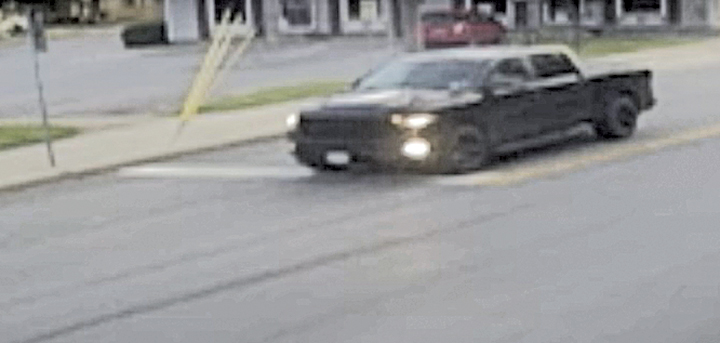Local law prohibits even trace amounts of radiation in landfill
PHARSALIA – A local law barring any radioactive materials from disposal at the Pharsalia Landfill would have to be changed if Chenango County decides to go into the business of accepting rock cuttings brought to the surface during the process of well drilling.
As more natural gas is being produced from the Herkimer Sandstone in the northern part of the county, lawmakers have been weighing the potential revenue from taking in the formation solids versus uncertainty about whether the deep subsurface rocks and soils will be too dangerous to dispose of safely.
The matter came to a head this fall when Norse Energy Inc., the energy company currently drilling in the towns of Smyrna, Plymouth and Preston, paid a laboratory to have a sample of cuttings tested for radiation. The results, which were shared with members of the Chenango County Public Works Committee last week, stated that radiation in the sample material was “declared undetected.”
However, Chenango County Department of Public Works Director Randy Gibbon said the 40-page lab document’s summary sheet proves there were “units of radiation” indicated because the gross beta and gross alpha tests were reported as ‘less than’ certain levels, but not zero.
“It doesn’t matter what the level. As long as there’s radiation at all, we can’t accept it with our local law,” he said.






Comments